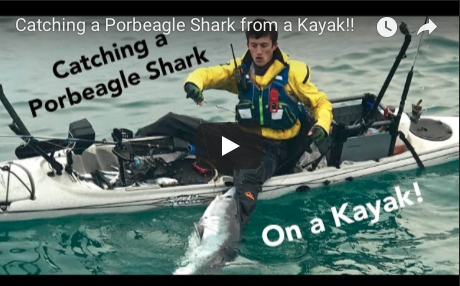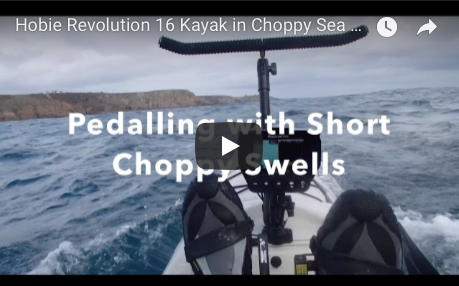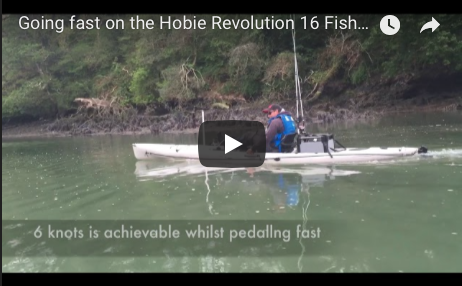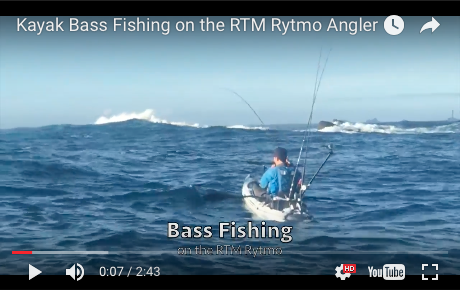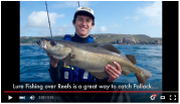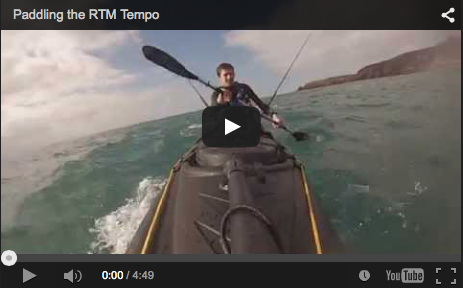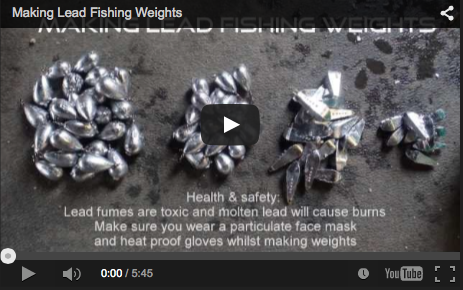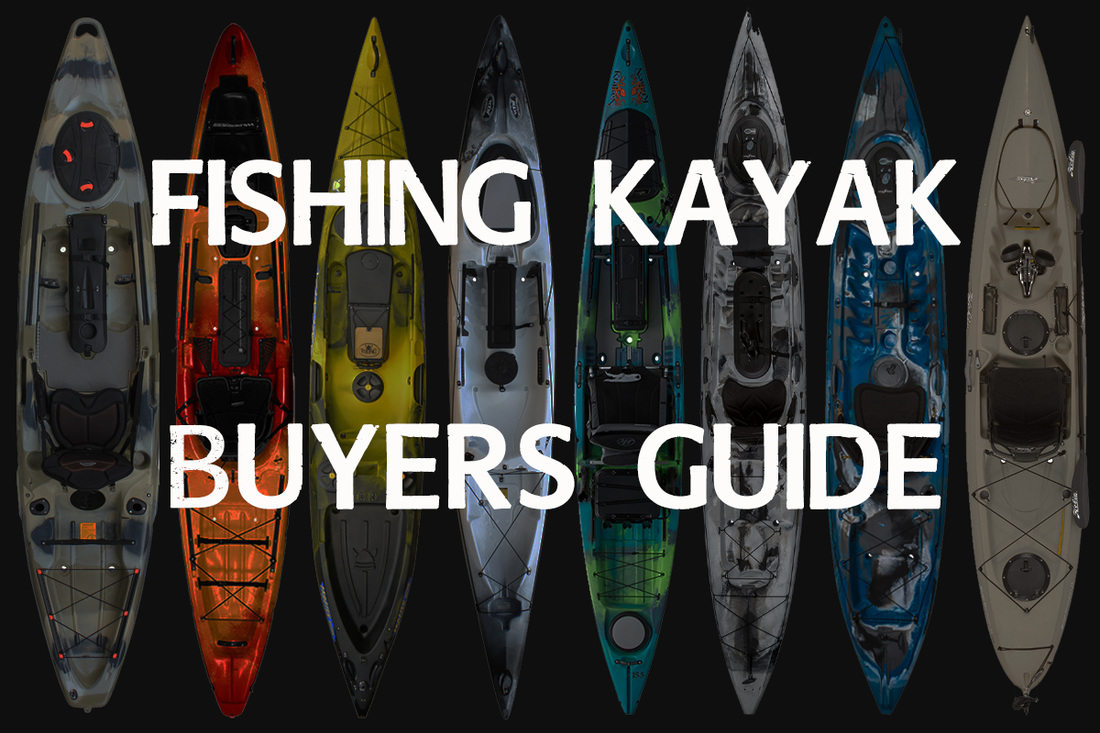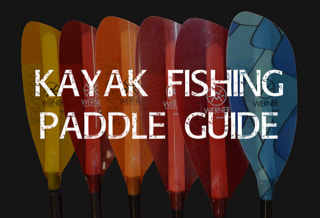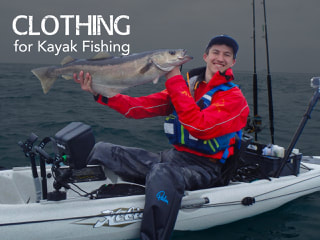A Short History of Kayaks
A New Way to Kayak.... the Mirage DriveWhilst kayak design and construction has changed massively since first inception, kayaks have always traditionally been propelled through the water using a two-bladed paddle.... that was until 1997 when Californian kayak manufacturer Hobie decided to develop a pedal drive system, the Mirage Drive, and put it into their range of sit-on-top kayaks. This offered a completely new way to ‘kayak’ with a system based on the way a Penguin would swim through the water using its wings. The user steps alternately on pedals in the foot-well, which operates two flexible fins side-to-side beneath the kayak. This propels the kayak forwards with incredible efficiency! At the time the idea was put under much critique and was slow to gather any following. Little did they know that they had just changed the future of kayak fishing forever! Over the next 20 years, more and more people discovered the Hobie Mirage Kayaks and anglers in particular started to switch onto the benefits of fishing from a kayak powered by your feet, leaving your hands free to fish with. Hobie refined their Mirage Drive system over time, improving its durability and performance. In 2015 they introduced the Mirage Drive GT ‘Glide Technology’ with roller bearings used at pivoting parts on the drive for a very smooth pedalling experience. This drive also features ‘Square-Tip’ fins, which provides increased power and performance from the drive. These could be upgraded to optional Turbo Fins, which took the performance up another notch. Pedal power was now surpassing what was possible with a paddle in an equivalent hull. Mirage Drive kayaks have now become very popular with kayak anglers worldwide, and Hobie well established as the leading force behind this whole new branch of fishing kayaks. Fierce Competition - Propellor DrivesThe popularity of the Hobie Mirage Drive kayaks had not gone un-noticed. Many of the main brand manufacturers wanted a slice of the pedal drive action and were frantically developing drive systems to rival Hobie. The Mirage Drive is so heavily patent protected that they had to come up with a slightly different pedal system to compete.... Propeller Drives. These drives are powered by cycling pedals in the foot-well, which drives a propeller beneath the kayak. Native Kayaks brought out their Propel Drive in 2008 and others didn’t really join in the action until 2016. There has since been an explosion in kayak manufacturers releasing pedal drive fishing kayaks! Perception Kayaks have the Pilot Drive in the Pescador Pilot 12.0. Feelfree Kayaks have the Over Drive the Lure 11.5 OD, Lure 13.5 OD and Dorado. Wilderness Systems have the Helix Drive in the Radar 135 and others. Riot Kayaks have the Impulse Drive in their Mako 10 and Mako 12. Jackson Kayaks have the Flex Drive the Coosa FD and other models. Old Town have the PDL Drive in the Predator PDL and other models. The list goes on and I’m sure many more brands will follow suit to ride the wave of pedal kayak fever. The Hobie Mirage Drive 180The propeller drives initially had a small advantage over the Hobie Mirage Drive – you could reverse the kayak by simply pedalling backwards. This is quite a useful feature in certain situations. Hobie were having none of that and in 2017 released the Mirage Drive 180, featuring full-power reverse. By simply pulling a toggle on the drive, the fins flip 180 degrees beneath the kayak – you carry on pedalling as normal but this time the kayak goes in reverse! Another toggle flips the fins back for forwards pedalling. With this new iteration of the Mirage Drive, Hobie Kayaks became very popular with UK kayak anglers, with many of the regular kayak fishers choosing pedal over paddle. New for 2020 - A Mirage Drive 360 and the introduction of Kick-Up FinsBrand new for 2020 Hobie have released a 360 drive! Another huge leap forwards in pedal drive design allowing the whole drive body and fin assembly rotate 360 degrees via the operation of a drive handle mounted on top of the rudder handle. This gives complete control of the kayak in any direction. A real game changer for anglers fishing in tight spots where fine control is paramount. Hobie have also developed Kick-Up fins for this drive and are also including them on all 2020 MD180 drives as standard. These fins will 'kick-up' if they strike an underwater object or the bottom and will automatically re-deploy once you start pedalling again in deep enough water.... game changer! Less worry about damaging the fins in shallow water! Whilst there has been a lot of attention surrounding pedal drives in the last few years, lets not forget about the humble paddle! The paddle has stood the test of time as a means of kayak propulsion, and you can paddle backwards too. Whilst there are now many pedal drive kayaks out there, there are many more paddle kayaks still available. So what is all the fuss about pedal drive fishing kayaks? Hands-Free KayakingWith the kayak propelled through the water with your feet, your hands are left free to fish with. This has many advantages. You can hold a rod and troll a lure whilst on the move – excellent for working lures tight to a feature or putting a lure right over a hotspot. You can cast whilst on the move. You can move whilst playing a fish – perfect for backing away from a tricky spot. Tackle or bait up whilst on the move. Take photos or record video whilst on the move – great for when the dolphins come to play. You can hold position against the tide or current, simply by pointing the kayak into the flow and gently pedalling – superb for working lures over reefs so that your lure stays in the hit zone for longer. You can also force drift bottom baits when there is little tidal flow, which works well for flatfish on sandy ground. These are just some of the advantages a pedal drive brings to fishing from a kayak. Pedalling tends to be less tiring than paddling too, as for most people your leg muscles have much more stamina and strength than your upper body. Pedal kayaks also seem to perform better in windy conditions. I think this is down to the way the drive fins or prop engages with the water, allowing the hull to ‘grip’ the surface and preventing it being blown around so much by the wind. The lack of swinging a paddle through the air also helps too. A pedal-drive kayak really does offer a huge number of advantages over a paddled kayak. You will be hard pushed to find a more efficient ‘self-powered’ fishing vessel. Whilst having a number of really useful advantages, there are several downsides where the paddle kayak certainly wins over pedal kayaks. Paddle Kayak AdvantagesPaddle kayaks are much more simplistic. The very nature of having a drive system with lots of moving parts means there is more to go wrong. Reducing wear and preventing any potential for malfunction of the drive systems does require some basic maintenance... nothing a tub of anti-corrosion grease and lubricating spray can’t sort though. Nevertheless, a paddle kayak needs much less maintenance and sometimes simple is best. On that note, a drive system does have the potential to ‘breakdown’ during use. It’s rare if well maintained, but not impossible. Carrying a back-up paddle is therefore essential, just in case. The likelihood of encountering a ‘breakdown’ with a paddle kayak is much less, although they are not completely immune as I have seen one paddle blade fall off during use and others lose their paddle whilst fishing! Paddle kayaks can take more abuse. Having fins or a prop beneath the kayak means that you must be aware of underwater obstacles or shallow waters where you may bottom out and damage the drive. Most pedal kayaks have some form of prop or fin retraction system for shallow water launches and landings but it can be easy to forget until it’s too late. Hobie have somewhat resolved this with the introduction of the 'Kick-Up' fins for 2020. There is no such worry with a paddled kayak though. There is also a certain finesse that paddling brings. The feel of the paddle against the water, and the fine control you can achieve with a paddle blade, cannot be matched with a pedal kayak. You get a sense of connectivity with the water and it feels like more of an achievement powering the kayak with your arms and upper body. A paddle also allows you to push your body weight against the blade in the water, known as bracing, and this provides stability in particularly rough conditions. This is particularly useful when launching or landing through surf to help prevent capsize. With a lack of paddle in the hand to brace with, pedal kayaks are much harder to control in the surf, often leading to an early bath! There is one other major difference between the two types of kayaks..... cost. The Price of Pedals (2019 UK Pricing)Most paddled fishing kayaks from the major brands are £500-£1000, with premium designs from brands such as Ocean Kayak and Viking Kayaks costing between £1000-2000. Pedal kayaks on the whole are more expensive. This can only be expected though with the addition of a drive system and rudder system as standard. Aimed primarily at anglers, you can expect multiple storage areas and hatches, accessory tracks, transducer scuppers for easy fish finder install, comfortable seating systems and much more. Hobie Kayaks are by far the most popular with a number of models available. These are top quality kayaks with industry-leading design and features. Their entry-level model is the Passport 10.5 and is equipped with Mirage Drive Classic (a basic version of the GT drive), and the 2019 model retails at just £1500. A Passport 12.0 has been released for 2020 and retails at around £1750. They also offer the Hobie Compass as an intermediary model equipped with Mirage Drive GT and the 2019 model retails at £2200. The rest of the Mirage Drive Kayak range offers a premium outfitting and includes the Mirage Drive 180. The popular Revolution 13 retails at £3050, the Revolution 16 at £3150 and the Outback at £3250. All these models are great for saltwater kayak fishing. The Revolution series offers a sporty performance hull, great for open coasts and slightly rougher waters and for covering longer distances. The Compass and the Outback are the more stable platforms, offering comfort with plenty of deck space, proving great for calm-to-moderate inshore conditions. The Old Town Predator PDL retails at £3500 and the Wilderness Systems Radar 135 Helix is £3050. There are also several other pedal kayaks now available for sub-£2000. The Perception Pescador Pilot 12.0 retails at £1900. The Feelfree Lure 11.5 and 13.5 Overdrive at £2000 and £2350 respectively, although the Lure series has a hull shape that is best suited to calm sheltered waters rather than open coastal conditions. Perhaps the best propeller drive hull for coastal waters is surprisingly also the cheapest, the Riot Mako 12 with Impulse Drive. This kayak has a good amount of rocker along the hull, with a nicely flared bow, which will see it perform well in choppy waters. This kayak retails at an outstanding £1200! The smaller Mako 10 is a little less at £1100, although better suited for calm sheltered spots. At this price, the Riot Mako comes in at less than some of the premium paddle fishing kayaks and this really does represent an affordable pedal drive fishing kayak option for many. So..... Paddle or Pedal?Paddle kayaks are the most popular option for newcomers to kayak fishing. I would personally recommend them as a first fishing kayak. They allow you to learn the ropes and find your limitations without all the ‘mod-cons’ and complexity found on pedal kayaks. Pedal kayaks do offer many advantages for fishing and are certainly worth upgrading too once you get to grips with the basics of kayak fishing. I switched from paddle to pedal kayak in early 2017 and haven’t looked back since. I currently use a Hobie Revolution 16, which has proven excellent for inshore and offshore fishing, and I have just purchased the new Hobie Outback for use in calmer inshore waters and estuaries. Pedal kayaks will only become more popular and refined for kayak fishing in the coming years, and it will be interesting to see what new designs will emerge. The era of pedal-drive fishing kayaks has only just begun....
emaly james
21/11/2019 10:31:08
This is literally the best fishing community anywhere. I read it every day, and I’m also so grateful I fund https://cutt.ly/TheCompleteGuideToCatching, it helped a lot with my fishing!
Marcio
27/11/2019 02:56:22
I agreed with everything I read. I started with a paddle back in 2008 and now I have a Revo 16 too. Congratulations on the blog and keep writing. Cheers from Brazil!
Najeeb Khan
21/4/2021 16:33:44
Hi do u sell the mako 10 impulsive drive bracket only?
Jon Greenwood
25/8/2021 15:51:42
Thank you, a common sense approach taking in the practicalities, differences in budgets and need without judgement. The most useful reviews I've seen, many thanks Comments are closed.
|
AuthorLiam Faisey My Tackle ShopSPONSORSProudly associated with
Cornwall's only specialist kayak fishing shop
Archives
March 2023
Categories
All
Add my blog to your feed reader by clicking the button below
Get blog updates via email
Kayak Fishing VideosCustom feed reader powered by FeedWind
Useful Links
Anglers Afloat
Cornish Shore & Kayak Fisherman Cornwall Canoes Palm Equipment Penzance Kayak Fishing Meet Info Saltwater Kayak Fisherman Magic Seaweed XC Weather |
|
Website powered by pasties and the hope of good weather!
© 2023 Liam Faisey
© 2023 Liam Faisey

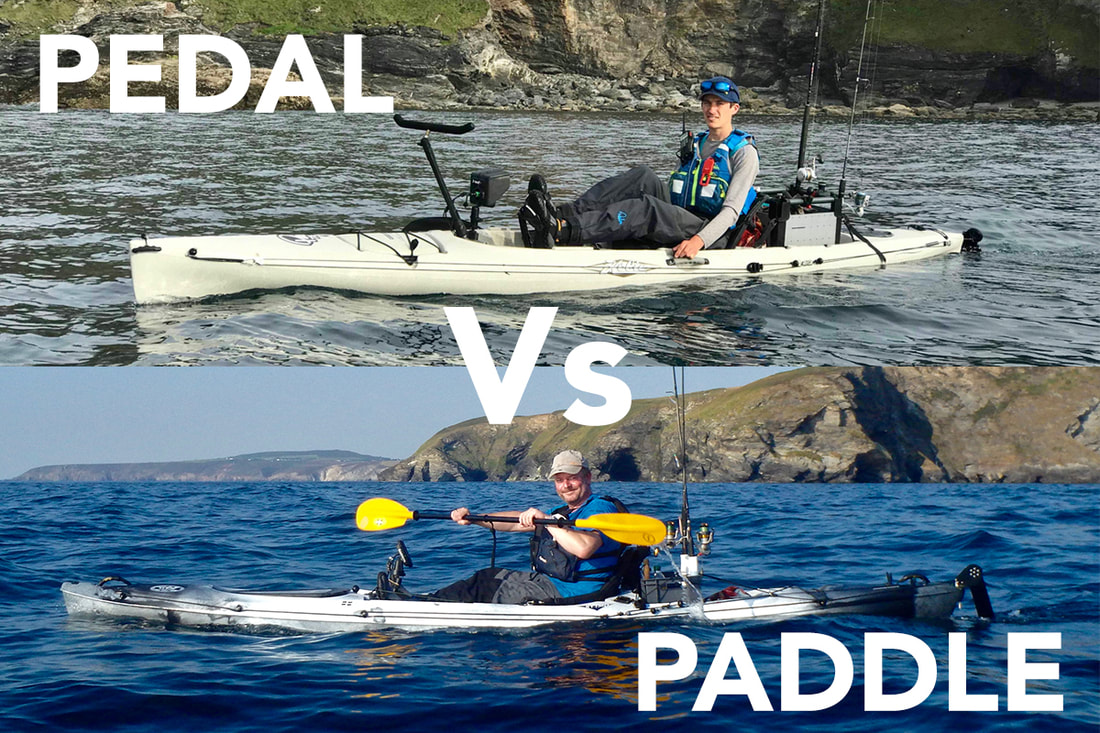
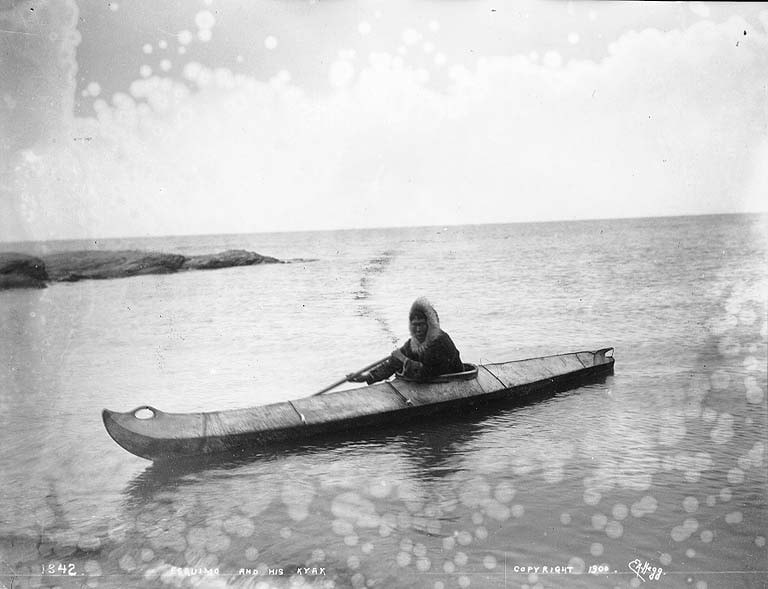
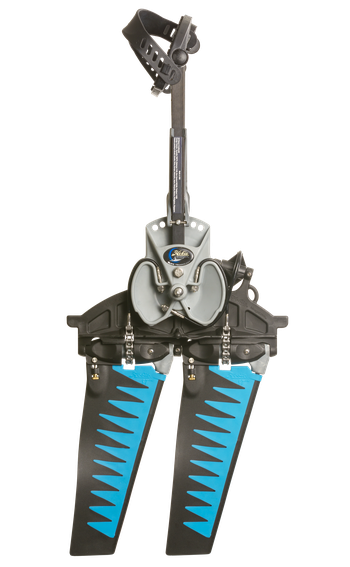
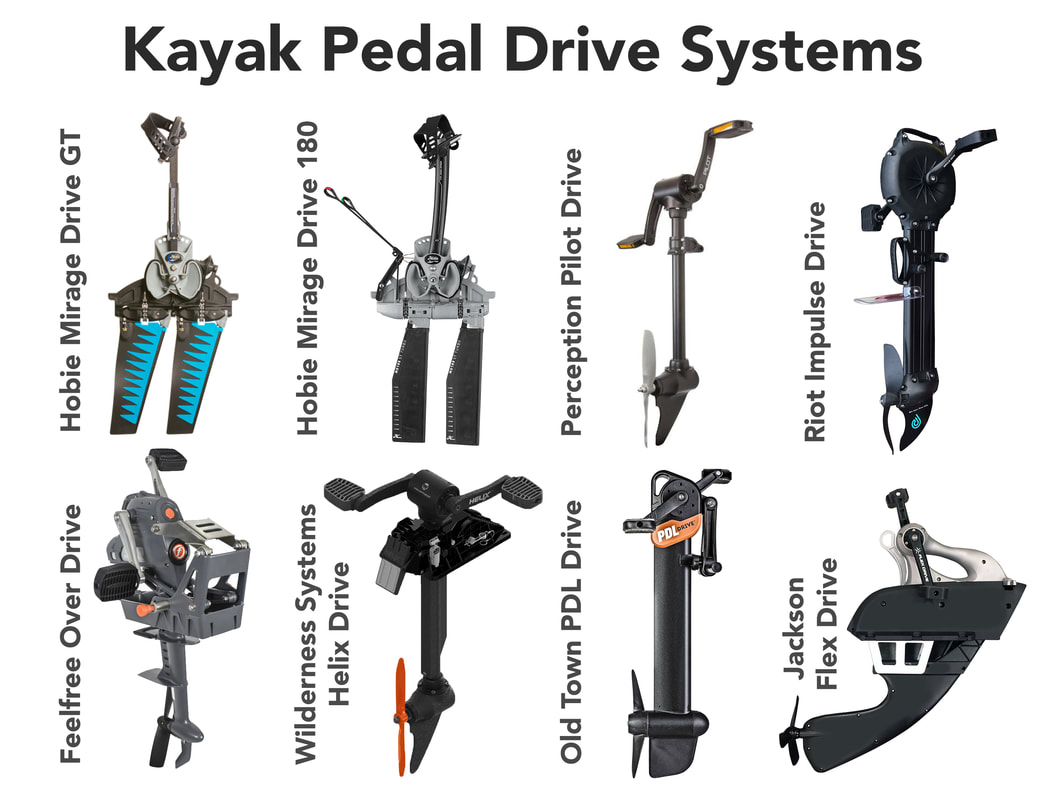
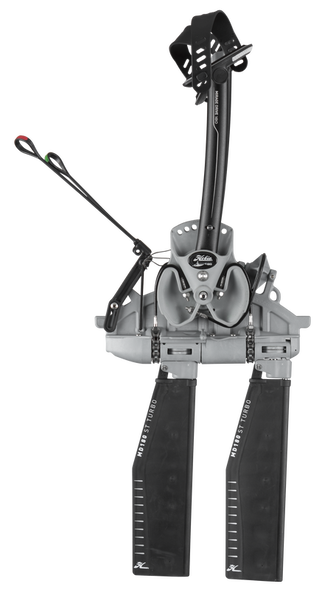
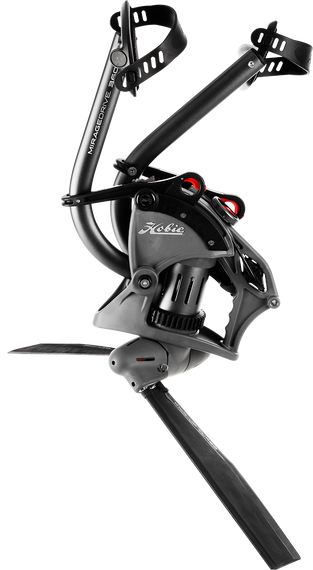
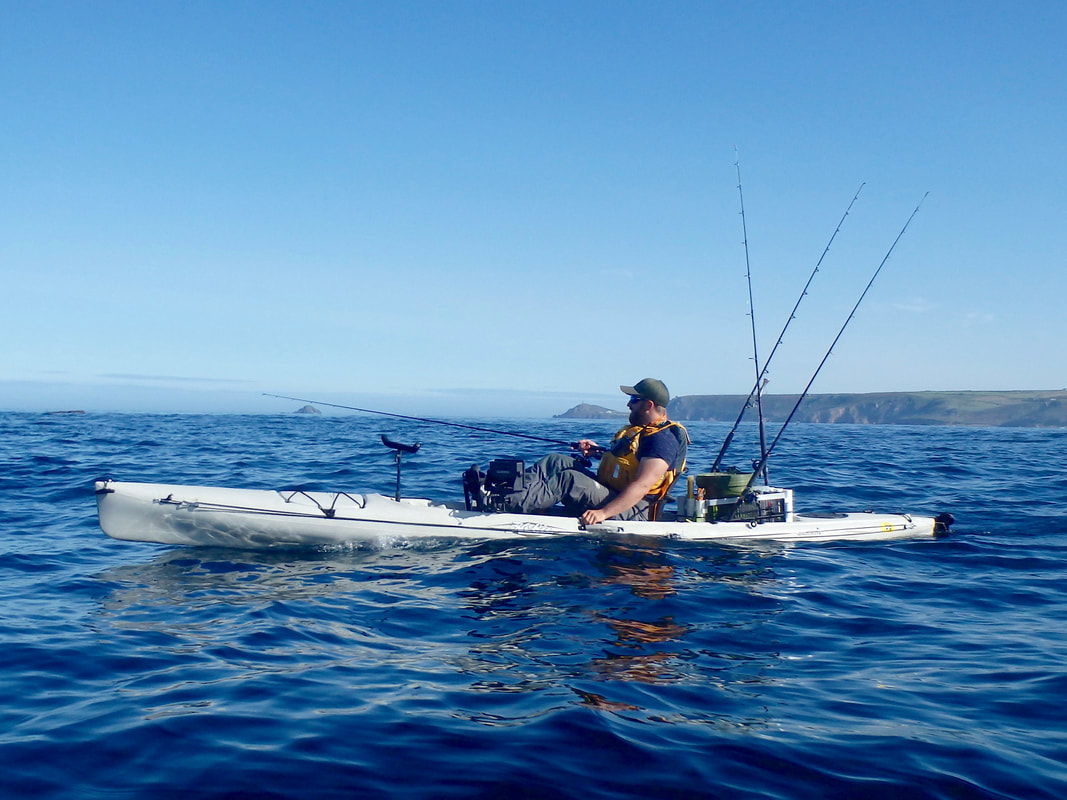
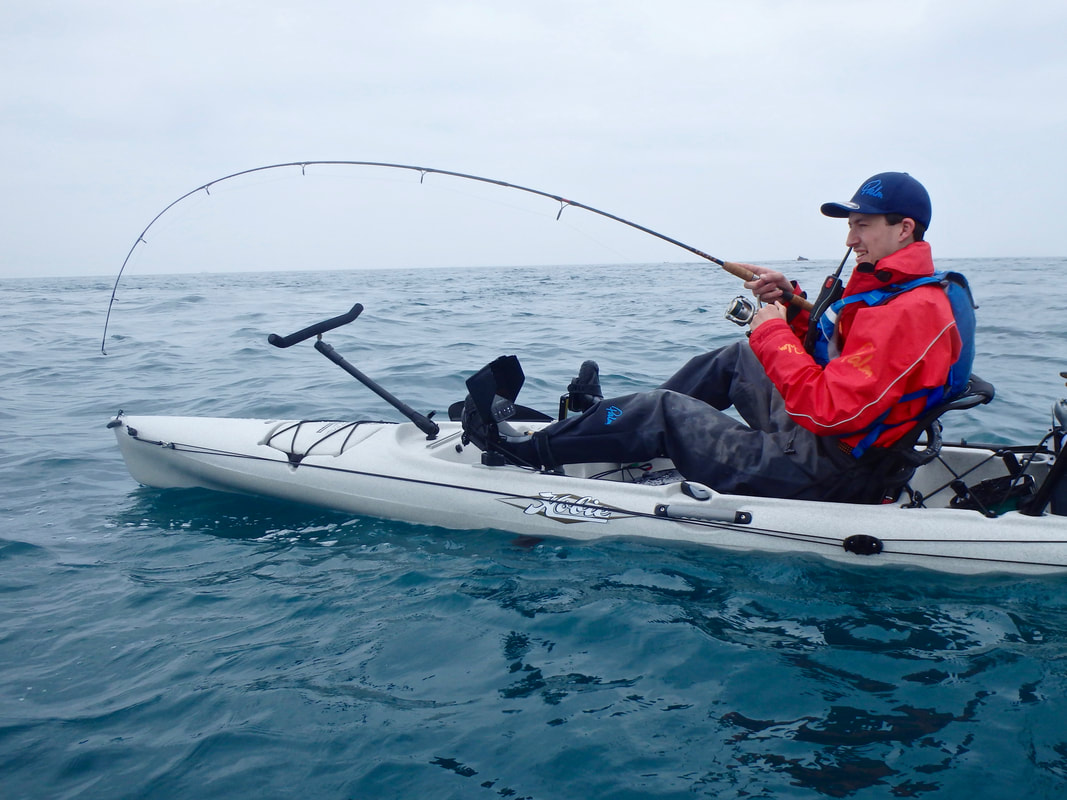
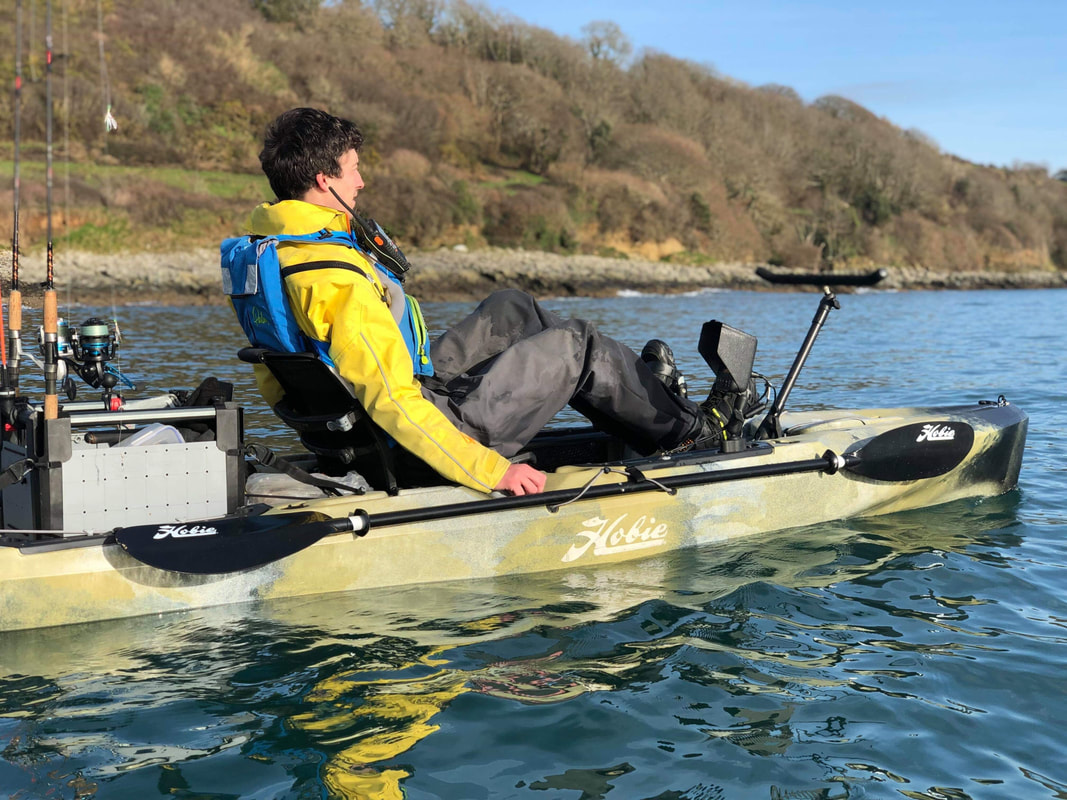
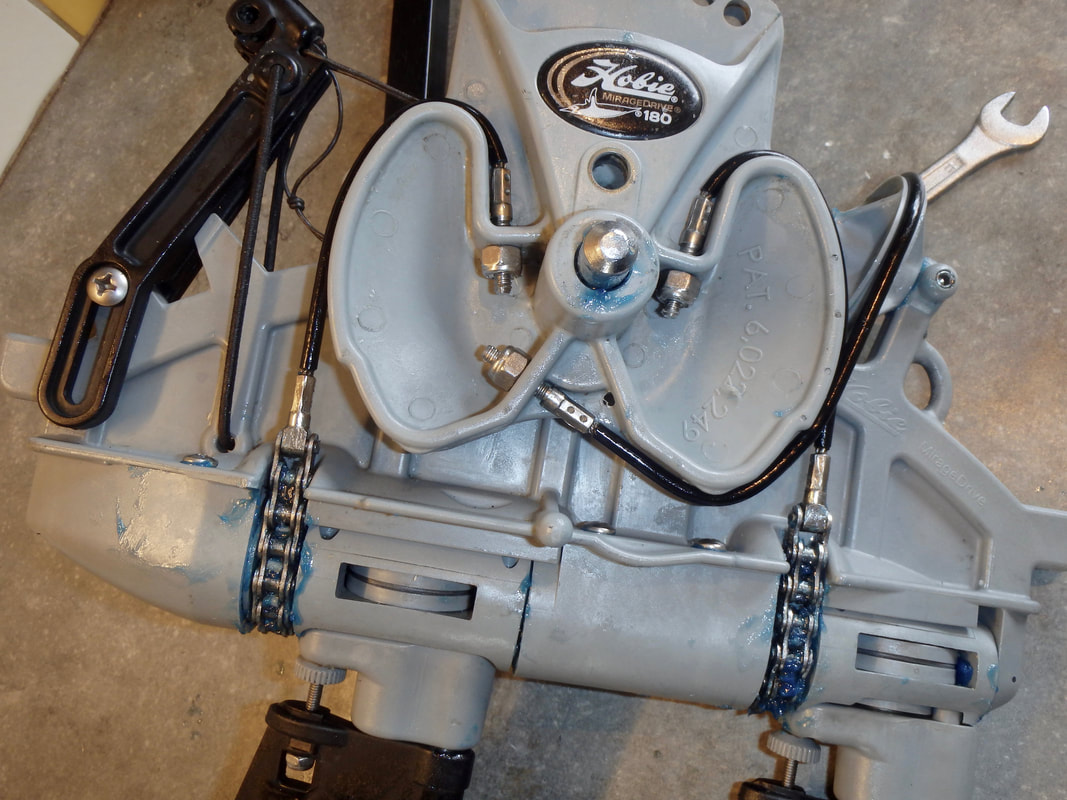
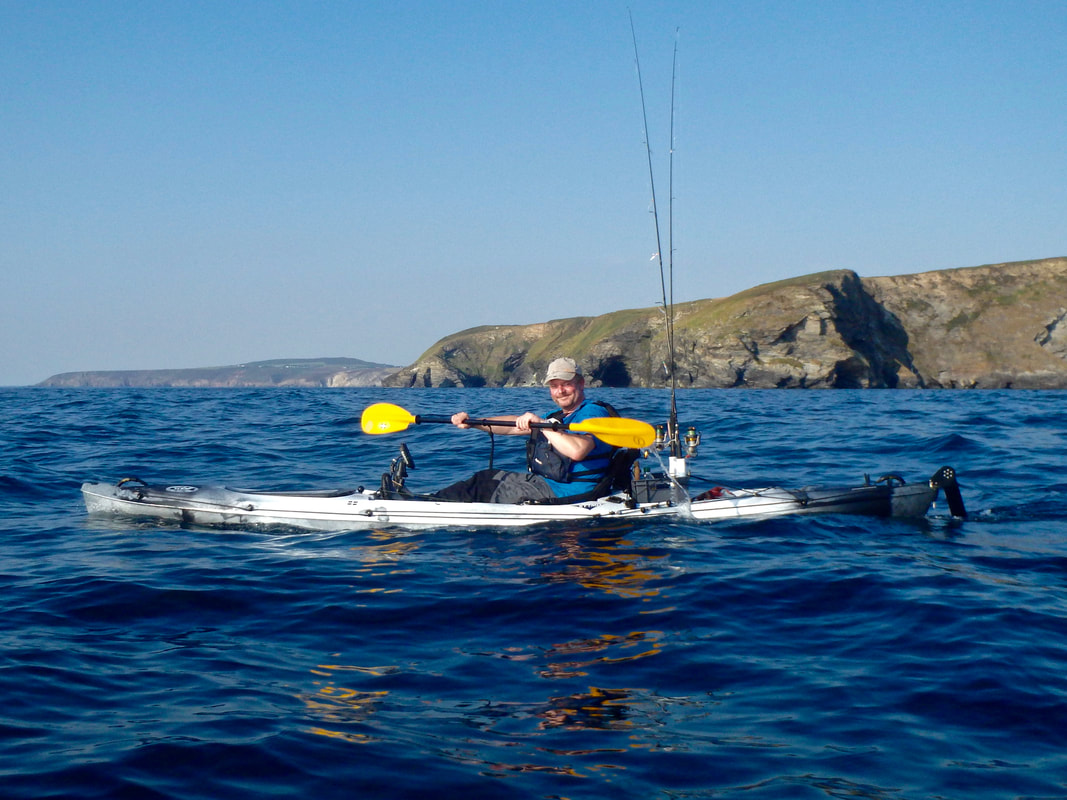
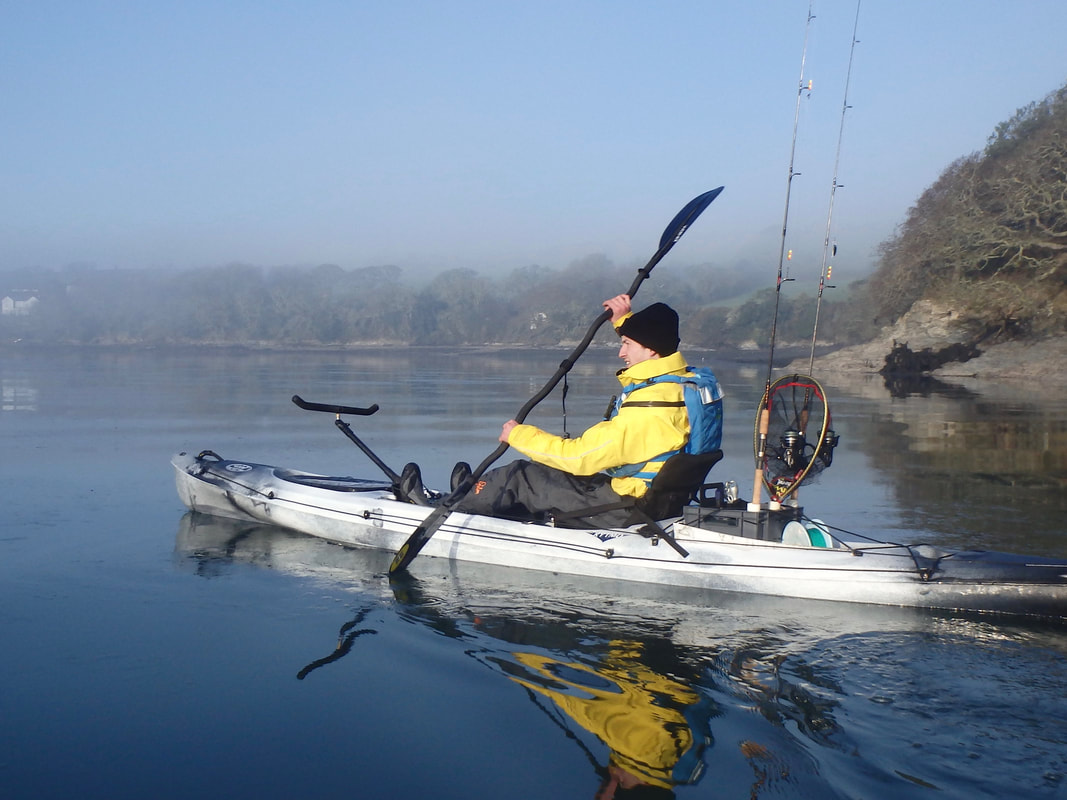
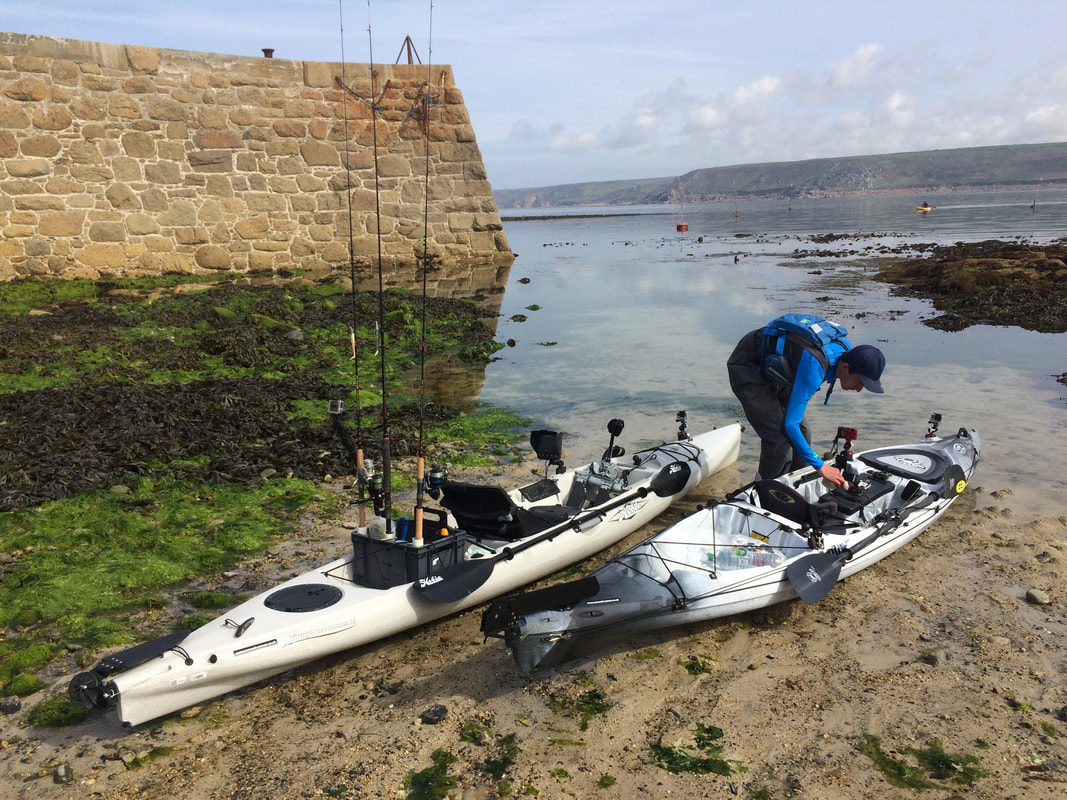
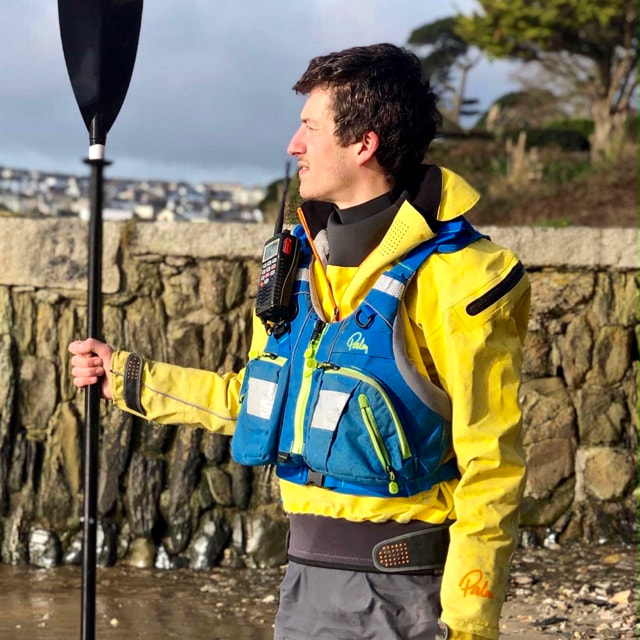
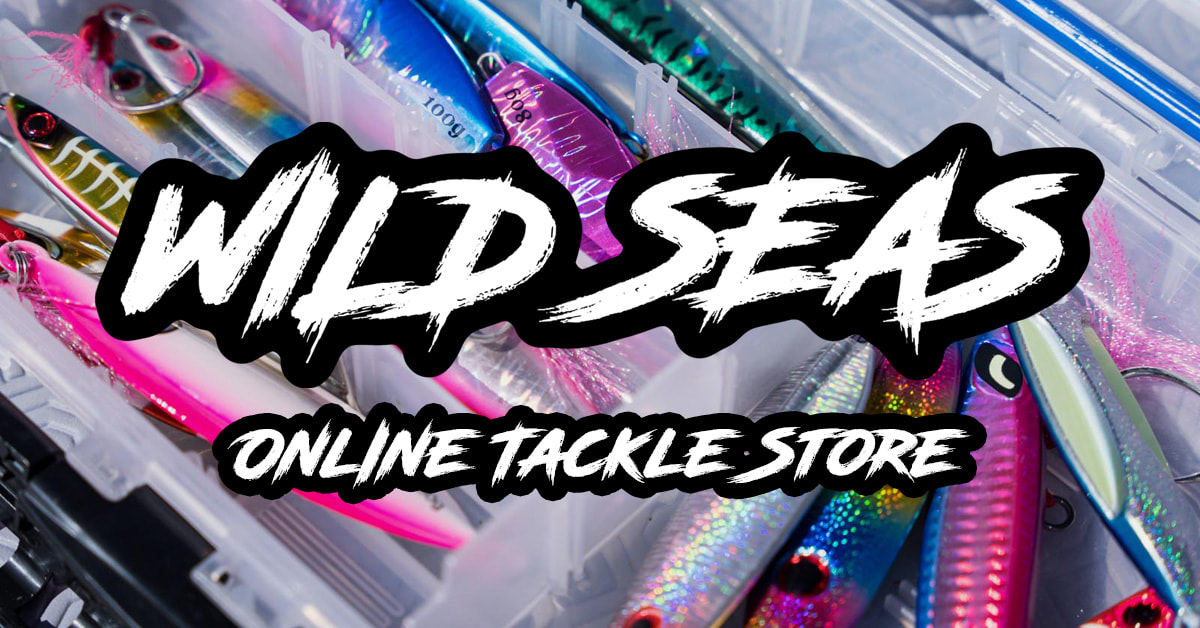



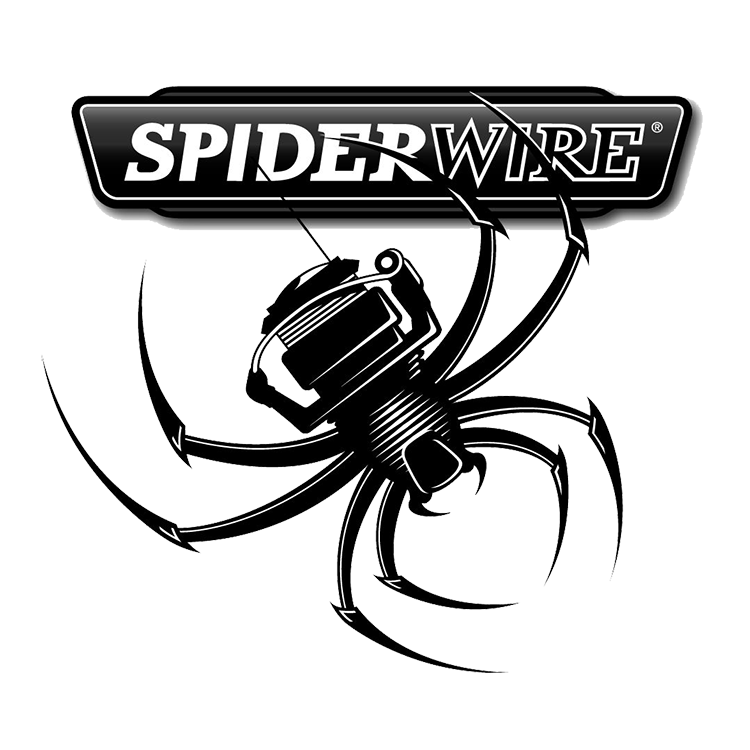
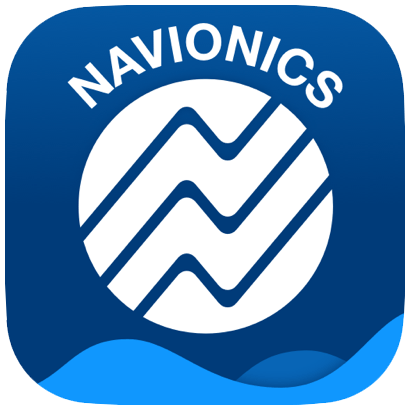

 RSS Feed
RSS Feed


